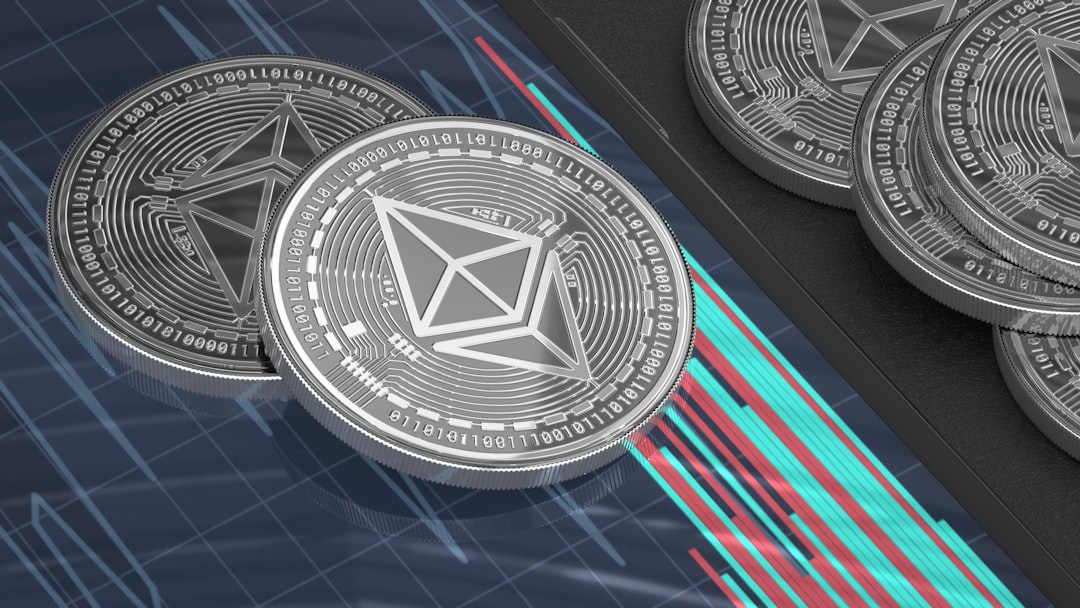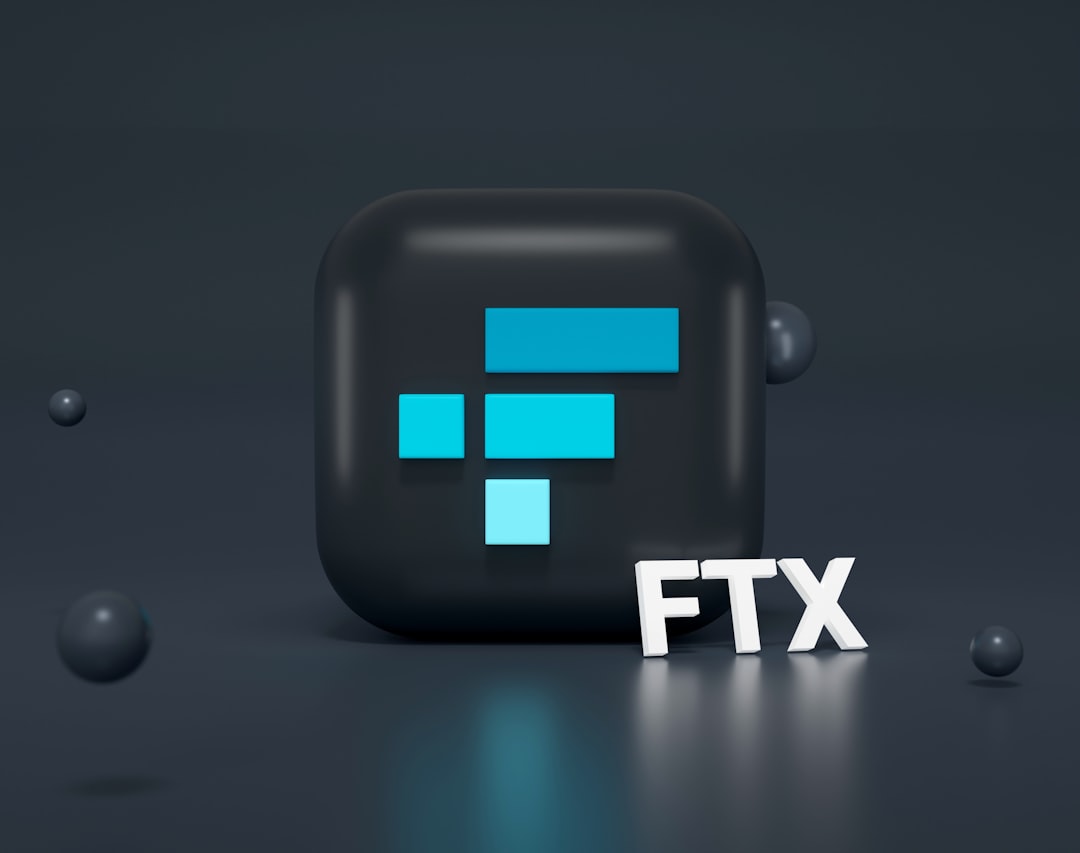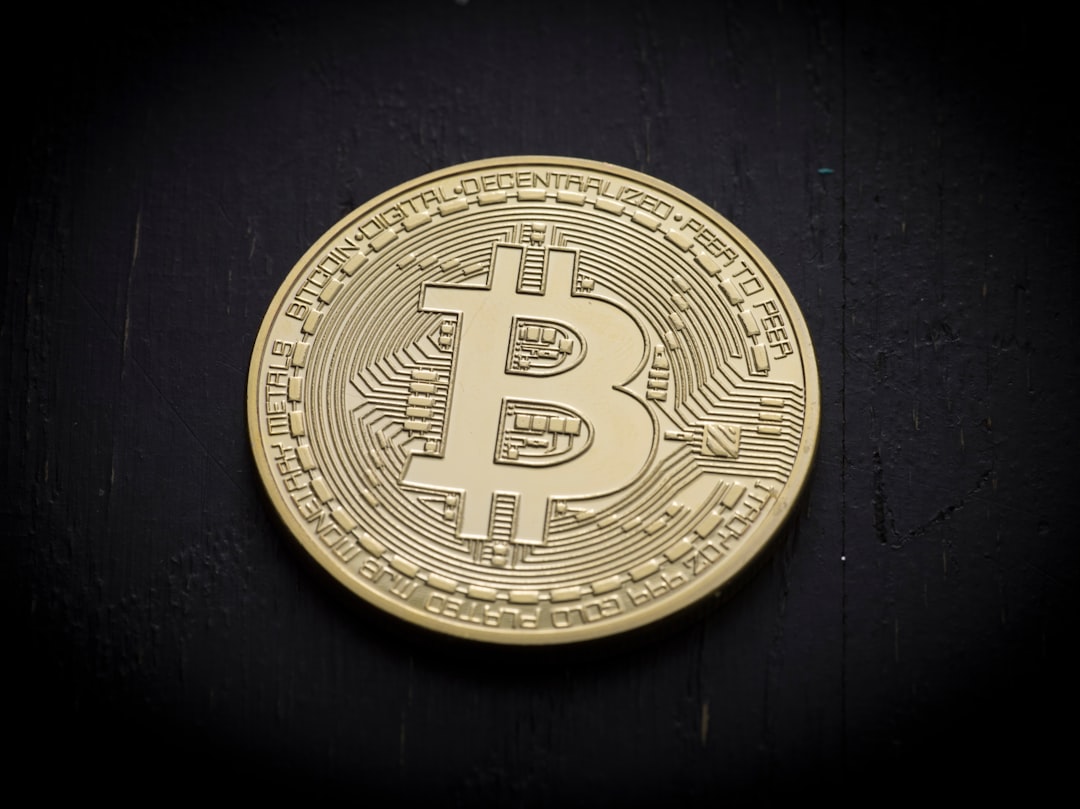Can OpenSea Reclaim Its Throne? 🌊
Weekly News Recap: 📰 FTX's asset strategy, 🌟 BlackRock's Ethereum endeavors, ⚖️ Wintermute vs. NEAR Foundation, 🚀 Circle's IPO ambitions, 🛑 Aave's market measures, and more!
In this episode of Unchained, we dive into the turbulent waters of OpenSea's recent struggles. Amid a significant downturn in the NFT market, OpenSea has faced the tough decision to reduce its workforce drastically.
NFT expert gmoney offers his take on the marketplace's challenges and potential strategies for resurgence. He suggests that "probably the easiest thing for them to do is drop a token," hinting at a possible pivot for the platform.
As we explore the competitive landscape that has seen rivals like Blur gain an edge, gmoney also sheds light on the broader implications for creator royalties and what it might take to spark a revival in the NFT sector.
Weekly News Recap
BlackRock Registers Ethereum Trust Entity in Delaware
In a one-two punch this week we learned that asset management giant BlackRock has filed paperwork to form a new entity, called the iShares Ethereum Trust, and filed paperwork for what would be the first Ethereum ETF. Though BlackRock declined to comment on the filing, the move suggests the company is serious about expanding its presence in the crypto space.
If the ETFs are approved, they would let investors gain exposure to the two largest cryptocurrencies by market value, without having to buy and store them directly.

Wintermute and NEAR Foundation at Odds Over Failed Redemption Deal
This week, a contentious dispute has emerged between market maker Wintermute and the Switzerland-based non-profit NEAR Foundation, set up in 2019 to support the NEAR Protocol which has raised $500 million and created a cryptocurrency now valued at $1.4 billion. Wintermute's CEO, Evgeny Gaevoy, has publicly accused the NEAR Foundation and development firm Aurora Labs of reneging on an $11 million redemption deal involving the USN stablecoin.
Gaevoy's series of tweets outlined what appears to be a complete breakdown of trust between firm leadership, alleging that the NEAR Foundation had initially committed to backstopping USN and had earmarked funds for this purpose. That means despite public and private commitments, Wintermute has so far been unable to redeem USN for USDT on a one-to-one basis. After months of waiting, Gaevoy alleges, the NEAR Foundation's offer to redeem was reduced to a mere 20% of the original sum.
Gaevoy's public airing of grievances was apparently intended to gain public support. Gaevoy said, “By not making it public we would effectively contribute to bad practices being tolerated and repeated.” The NEAR cryptocurrency price fell off a cliff on Thursday, dropping over 10% in less than one hour, reaching a recent low of $1.37.
Circle Eyes Public Horizon in 2024 IPO
Boston-based Circle, the powerhouse behind the $24 billion USDC stablecoin, is reportedly in discussions to go public next year. While the company has kept a close lid on its latest valuation, it is worth noting that in February 2022, it was valued at $9 billion during a previous failed SPAC deal.
In September, Circle CEO Jeremy Allaire told Laura on an Unchained episode: “We're definitely on the path to be an independent public company, and we've had the benefit of having a number of strategic investors in the company over the years.”
Circle's aspirations to list publicly have been part of its long-term strategy, as a spokesperson told Bloomberg, though they refrained from commenting on current speculations. Despite the setback of a failed SPAC, Circle's growth has been punctuated by substantial investments from financial giants like BlackRock and Fidelity.
In spite of Circle’s promising developments, the USDC market value is down 55% from its all-time-high of $55 billion in June 2022. Over the same time, stablecoin Tether has increased by 30%.
FTX Seeks Court Approval to Liquidate $744M in Grayscale, Bitwise Trusts
The new leadership at FTX, the cryptocurrency exchange that filed for bankruptcy last year, is seeking to sell approximately $744 million in assets held in Grayscale and Bitwise trusts. This move is part of the exchange's efforts to repay creditors efficiently and mitigate potential price fluctuations. The assets include $691 million in Grayscale trusts holding $597 million in BTC, $90 million in ETH, and $53 million in the Bitwise 10 Crypto Index Fund.
FTX's November 3 filing with the U.S. bankruptcy court, indicates that the sale would enable the preparation for "forthcoming dollarized distributions to creditors" and allow the debtors to act swiftly to sell the assets at a high price.

According to the documents, FTX’s legal team also hopes the proposed sale will reduce the costs and delays associated with separate motions for each sale. This step is another significant move by FTX's bankruptcy managers to address customer and investor losses following the firm's collapse. The news comes in the wake of FTX founder Sam Bankman-Fried's conviction last week on charges related to defrauding customers and misusing client funds.
Meanwhile, venture capital firm, Proof Group, part of the Fahrenheit consortium that acquired cryptocurrency exchange Celsius, is now a contender to revive FTX. Former New York Stock Exchange president Tom Farley's crypto exchange, Bullish, is among the bidders in the bankruptcy auction, according to a Wall Street Journal report.
Kraken Mulls Layer 2 Expansion
Cryptocurrency exchange Kraken is hiring. And the position has people talking. The posting for a senior cryptography engineer hints that the company might be developing cryptographic protocols and Layer 2 solutions that make it easier to scale applications built on slower blockchains. Though the reports are unconfirmed, such a move wouldn’t be unprecedented: Coinbase launched its own ethereum layer 2 in August. News site Coindesk cited the proverbial “people familiar with the matter,” in a report claiming Kraken was in discussions with potential partners, including Polygon, Matter Labs, and Nil Foundation.
Despite the buzz, a Kraken spokesperson maintained a veil of secrecy, and told Cointelegraph and Coindesk: "We're always looking to identify and solve for new industry challenges and opportunities. We don’t have anything further to share at this time."
The crypto community has mixed reactions, with some questioning the need for another Layer 2 network in an already fragmented landscape. The Layer 2 market is currently dominated by Optimistic Rollups, according to data site L2 Beat, but Kraken's foray into this space could signal a shift towards zero-knowledge proof solutions, which offer distinct advantages such as increased privacy and immediate transaction validity.
SEC Seeks Summary Judgment Against Terraform Labs and Do Kwon
The U.S. Securities and Exchange Commission (SEC) is pushing for a summary judgment in its case against Terraform Labs and its CEO Do Kwon. In February the SEC sued the exchange, alleging securities law violations. On Friday, November 3, the regulator said there was no need for a full trial, citing "clear, undisputed and overwhelming" evidence of fraud and misrepresentation in the marketing of Terra and its tokens. Kwon and his lawyers asked the case be thrown out, saying they didn’t violate U.S. securities laws.
The SEC contends that Kwon misled investors about the stability and usage of the TerraUSD (UST) stablecoin, which collapsed in a high-profile event that saw the stablecoin lose its peg to the U.S. dollar, then disintegrate to almost nothing, triggering a broader market downturn. The SEC also challenges the unregistered public sale of LUNA and MIR tokens, arguing that they were marketed as investments that would appreciate based on the company's efforts, a key criterion in the Howey Test for securities.
Also this week, Jump Crypto president Kanav Kariya pleaded the Fifth when asked about a deal with Do Kwon to help restore the UST stablecoin peg, fueling more speculation about the case.
Aave Pauses and Freezes Markets Amid Feature Issue
Decentralized finance (DeFi) protocol, Aave, temporarily suspended several markets due to a reported issue with a feature across its platform over the weekend. The Aave Guardian, a community-elected body, has paused Aave V2 on Ethereum and frozen specific assets on Aave V3 across chains including Avalanche, Polygon, Arbitrum, and Optimism. On social media, Aave's team sought to assure users that "no funds were at risk" and that a governance proposal to resume normal operations would be forthcoming.

The proactive measures allow users to manage and withdraw existing positions but restrict new deposits and borrowing. Aave’s founder Stani Kulechov wrote on social media: “Within hours measures were taken to mitigate the risk, resolve a patch, review and deploy the first proposal. Incident management at the best.”
At the time of this recording, the details of the vulnerability had not been disclosed, supposedly to prevent potential exploitation, according to the posts, especially considering the existence of multiple Aave forks. Each fork marks a potentially separate target using the vulnerability. Despite the operational pause, Aave's native token, AAVE, remained stable in the market. A detailed postmortem is expected once the issue is fully resolved.
Bitcoin's ORDI Token Soars Following Binance Listing
This week, the cryptocurrency market witnessed a significant surge in the ORDI token, linked to the Bitcoin Ordinals protocol, with a 77% increase in value following its listing on the Binance exchange on Tuesday. Trading at around $12, ORDI's rise underscores the growing interest in tokens that utilize the Bitcoin network beyond its traditional use.
The Ordinals protocol, introduced in January, allows for the inscription of data such as text, images, and even audio or video onto Bitcoin's smallest denomination, called a satoshi, effectively bringing NFT-like functionality to Bitcoin.
Binance has categorized ORDI under its "seed" tag, indicating its status as a supposedly innovative but high-risk asset due to its novelty and potential for volatility. Binance's team has cautioned investors about the risks, advising thorough research and risk management for those considering trading the token.

In related news, KuCoin and Gate exchanges announced plans to list the memecoin, Sats, built using the BRC-20 standard for assets that rely on the Bitcoin blockchain.
Over 600 Depegs in 2023, Says Moody's Analytics
Moody's Analytics has reported that large-cap stablecoins, each with a market cap over $10 billion, experienced 609 depegging events this year, a slight decrease from 2022's total of 707. These depegs, defined as a fluctuation of more than 3% against their fiat peg in a single day, highlight the underlying volatility in the sector. Notable incidents include USDC's drop to $0.88 during the Silicon Valley Bank collapse and a 50% plunge in the Real USD stablecoin. Moody's new Digital Asset Monitor aims to predict depeg risks, tracking major stablecoins like Tether and USDC.






